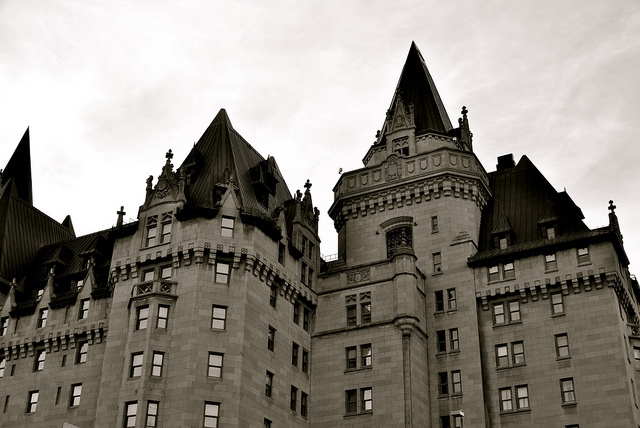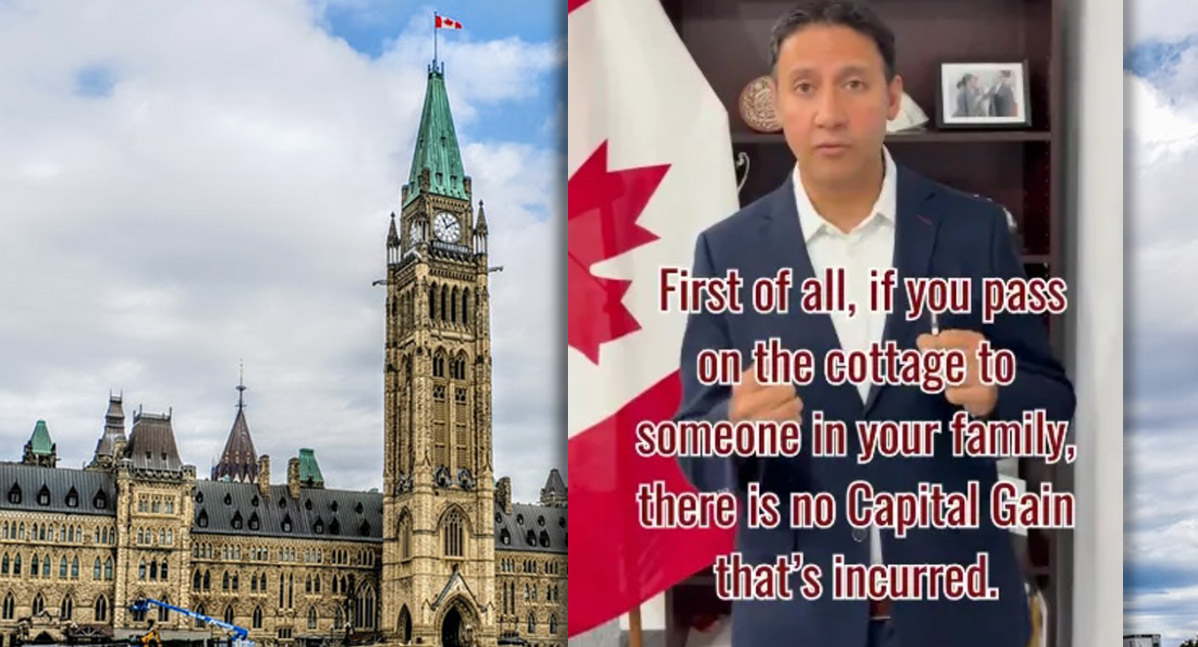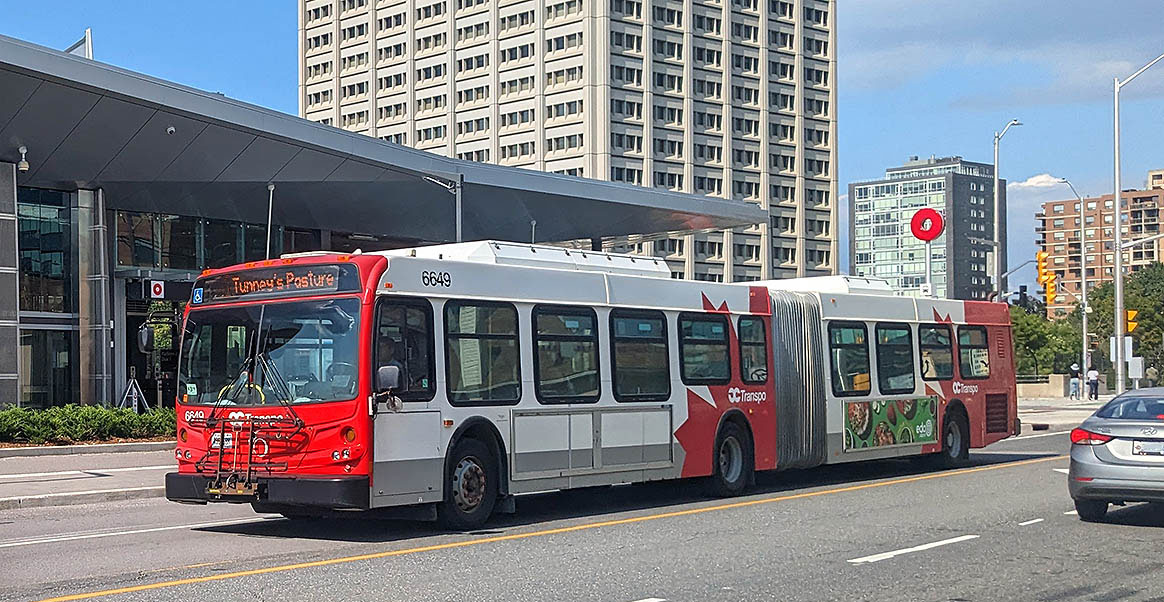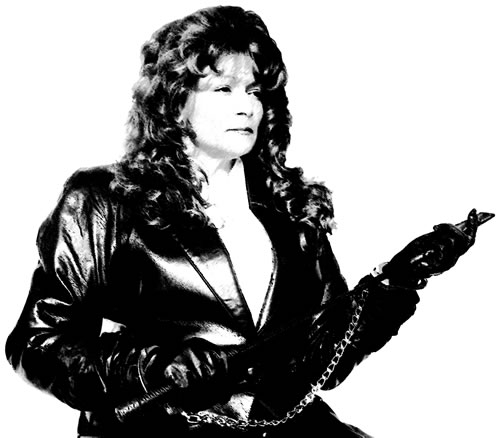
In defence of the capital’s ‘burbs
Local writer Stephen Maher is mad and I completely understand why. He objects to the planned addition to the Chateau Laurier and points to City Council’s voting outcome which landed along the fault lines of urban versus suburban and rural Councillors. I also love the Chateau Laurier and despise the new design along with the haughty Grey Poupon attitude from some architectural elite. But Mr. Maher claims that suburban voters have different priorities than the people who live close to downtown. He speculates that that a pre-amalgamation city may have saved the Chateau. Suburban voters should run their own affairs he says and allow “city people” to do the same.
Although the City Council vote on this file may have divided along regional lines in this case, it is not fair to imply that there are those on Council who aren’t concerned about the core of our city.
A larger city has financed and produced some impressive “big city” initiatives over the span of almost two decades. It is doubtful that a smaller, stand-alone Ottawa would have made similar major strides. Here are a few important highlights.
The municipality finally has an ambitious and expensive plan to clean up the Ottawa River by ending decades of raw sewage release. No suburban sewers discharge into the river but the entire city is paying for the multi-million dollar bill to fix the aging downtown sewers.
While better late than never, the new LRT system will be a game changer for transit and development in our city. Even though there is not a single centimeter of track in the suburbs, city-wide residents are helping finance this massive undertaking. The combined gas tax revenue from one million people strong is part of the financial bedrock of this big ticket project.
Old Ottawa certainly wouldn’t have the Redblacks or the Fury. Lansdowne would surely have imploded under the weight of rust and inaction. The popular site that has always been a gathering place for people from all corners would likely have evolved into an exclusive “Keep Off the Grass” central park for a few neighbours and pets.
When it comes to waste diversion and the laudable goal of avoiding another landfill, the suburbs have been leading in recycling through the diligent use of multi-colour, curb-side recycling and compost bins. Conversely the high rise buildings in the core have been lax in adopting waste diversion practices. Urban local leadership has always been strong on green rhetoric but slow on developing a tangible plan for waste diversion in multi-residential buildings. The core would be hard pressed to find another landfill for their garbage within the greenbelt.
Inner-city residents will also enjoy a new central library that is being designed as a landmark and signature building. Even though very few suburban residents will walk through the new library’s doors, their tax dollars will help replace their tired and frumpy downtown branch.
The residential growth and urban renewal in the core has transformed many communities into the most trendy and sought after real estate in the region. Freezing the areas back to the 1990s would have done nothing for the vibrancy now enjoyed. Like it or not the new condos and development exist because of bold planning decisions that resisted those who would have pushed more residential growth into the suburbs.
I served as a suburban councillor and was reminded each day that many suburban residents work, study and own businesses in the core of the city. They care about their own neighbourhoods as well as developments downtown.
Be careful what you wish for. Look what happened in Toronto when people claimed City Council wasn’t functional – fewer politicians and bigger wards. Governing a large city will never be easy but history has shown we can make it work for the better.
Steve Desroches is a former City Councillor (@SteveDesroches)












